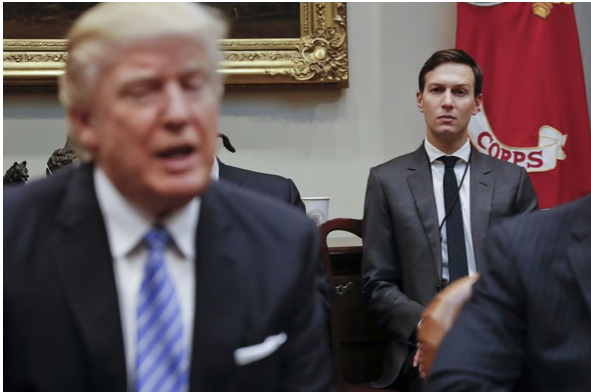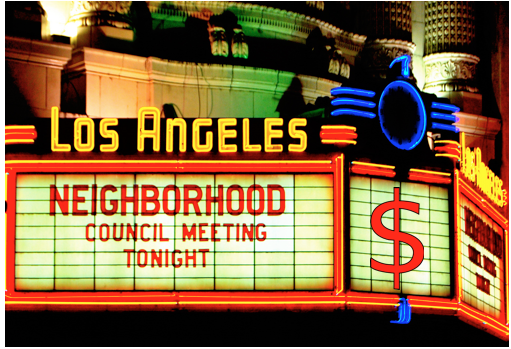The Trump Connection in LA’s Backyard
TRUMP, KUSHNER AND LA’S VERY OWN CIM---The Watchtower in Brooklyn Heights is one of the most noticeable edifices in New York. It’s a complex of buildings on a bluff above the East River, with a sign on top that flashes the time and temperature. It used to be the world headquarters of the Jehovah’s Witnesses.











